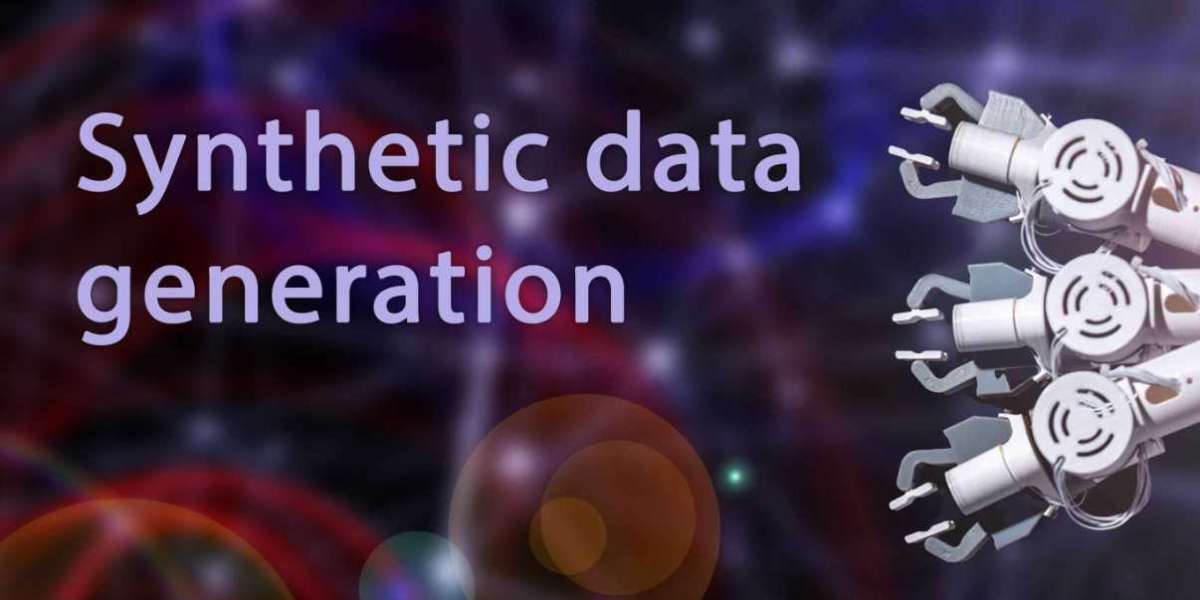In the rapidly evolving landscape of data science and machine learning, synthetic data generation has emerged as a pivotal tool for data scientists and researchers. With the increasing need for large, diverse, and high-quality datasets, synthetic data generation offers an innovative solution to address data scarcity and privacy concerns.
What is Synthetic Data Generation?
Synthetic data generation involves creating artificial data that imitates the statistical characteristics of real-world data. This process enables data scientists to generate large volumes of data without collecting additional information.
The Importance of Synthetic Data Generation
1. Data Scarcity
One of the primary challenges in data science is the availability of large, diverse datasets. In many cases, obtaining real-world data can be expensive, time-consuming, or even impossible due to privacy concerns. Synthetic data generation addresses this challenge by providing an alternative source of data that can be used to train machine learning models effectively.
2. Privacy Preservation
In industries such as healthcare and finance, access to sensitive data is highly restricted due to privacy regulations. Synthetic data generation allows organizations to create artificial datasets that preserve the statistical properties of real data without compromising privacy.
3. Model Generalization
Machine learning models often struggle to generalize well when trained on limited or biased datasets. By augmenting real data with synthetic data, data scientists can improve the robustness and generalization capabilities of their models.
Methods of Synthetic Data Generation
1. Generative Adversarial Networks (GANs)
GANs are a popular approach to synthetic data generation, where two neural networks, the generator and the discriminator, are trained simultaneously. The generator creates synthetic data samples, while the discriminator distinguishes between real and synthetic data. Through this adversarial process, GANs learn to generate highly realistic synthetic data.
2. Variational Autoencoders (VAEs)
Variational autoencoders are another commonly used technique for synthetic data generation. VAEs consist of an encoder network, a decoder network, and a latent space where data is represented as continuous distributions. By sampling from the latent space, VAEs can generate new synthetic data samples that closely resemble the input data.
3. Monte Carlo Methods
Monte Carlo methods involve using random sampling techniques to generate synthetic data. By drawing samples from known probability distributions, Monte Carlo methods can create synthetic datasets that approximate the statistical properties of real data.
Applications of Synthetic Data Generation
1. Training Machine Learning Models
Synthetic data generation is widely used to train and evaluate machine learning models across various domains, including computer vision, natural language processing, and predictive analytics. By providing large, diverse datasets, synthetic data enables more robust and accurate model training.
2. Data Augmentation
In addition to training models, synthetic data generation can be used to augment existing datasets. By generating additional synthetic samples, data scientists can improve the performance and generalization capabilities of their models.
3. Privacy-Preserving Analytics
In industries where data privacy is a primary concern, such as healthcare and finance, synthetic data generation enables organizations to perform analytics and research without compromising sensitive information. By creating artificial datasets that mimic real data, organizations can unlock valuable insights while protecting privacy.
Challenges and Considerations
While synthetic data generation offers many benefits, it also presents several challenges and considerations that must be addressed:
1. Data Quality
The quality of synthetic data is crucial for its effectiveness in training machine learning models. Poorly generated synthetic data can lead to biased or inaccurate models, highlighting the importance of rigorous validation and evaluation processes.
2. Bias and Generalization
Synthetic data generation techniques may introduce biases or fail to capture the full complexity of real-world data. Data scientists must carefully design and evaluate synthetic data generation pipelines to ensure that generated data accurately represents the underlying data distribution.
3. Privacy and Security
While synthetic data can help address privacy concerns, it is essential to ensure that synthetic datasets do not inadvertently reveal sensitive information. Data anonymization techniques and privacy-preserving algorithms can help mitigate these risks.
Conclusion
Synthetic data generation is a powerful tool that enables data scientists and researchers to overcome data scarcity, preserve privacy, and improve model generalization. By leveraging techniques such as GANs, VAEs, and Monte Carlo methods, organizations can generate large volumes of high-quality data to train machine learning models effectively. However, it is essential to address challenges such as data quality, bias, and privacy to ensure the reliability and integrity of synthetic datasets.













